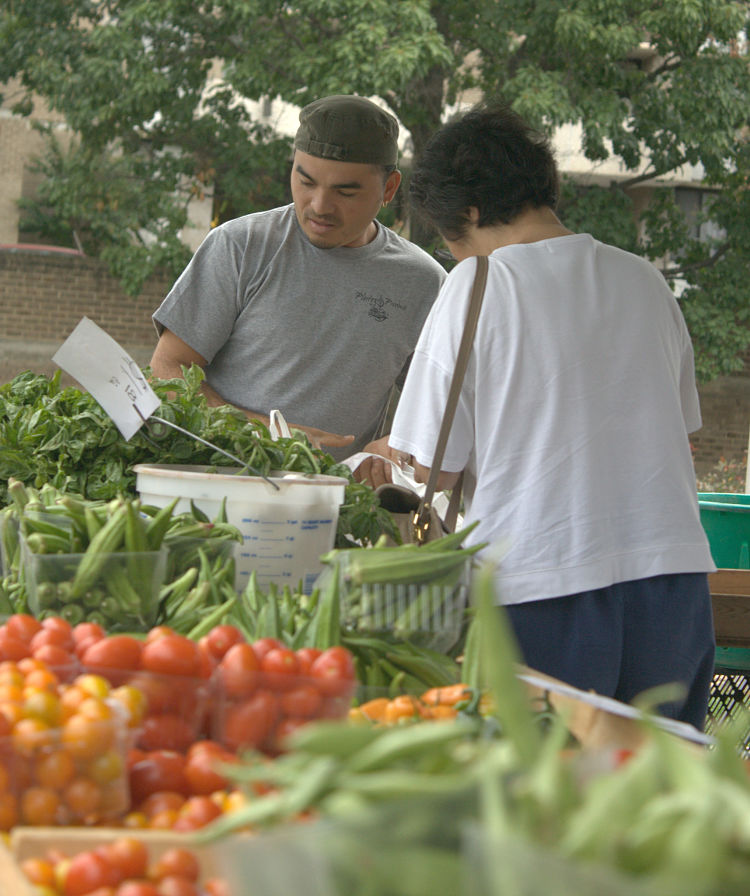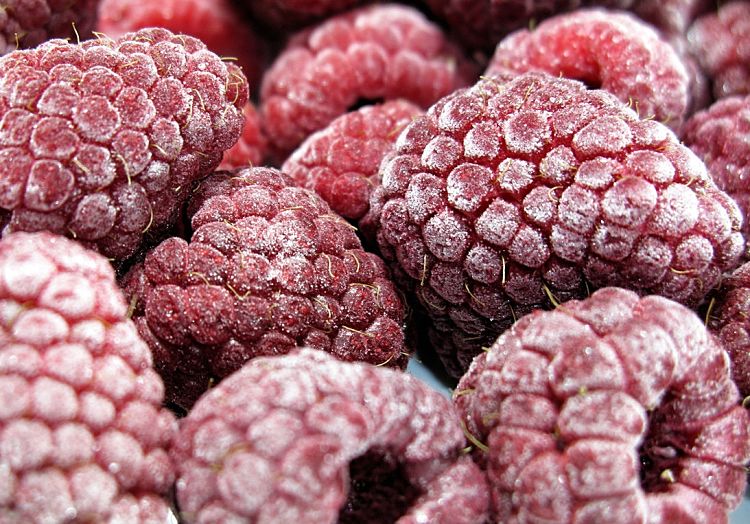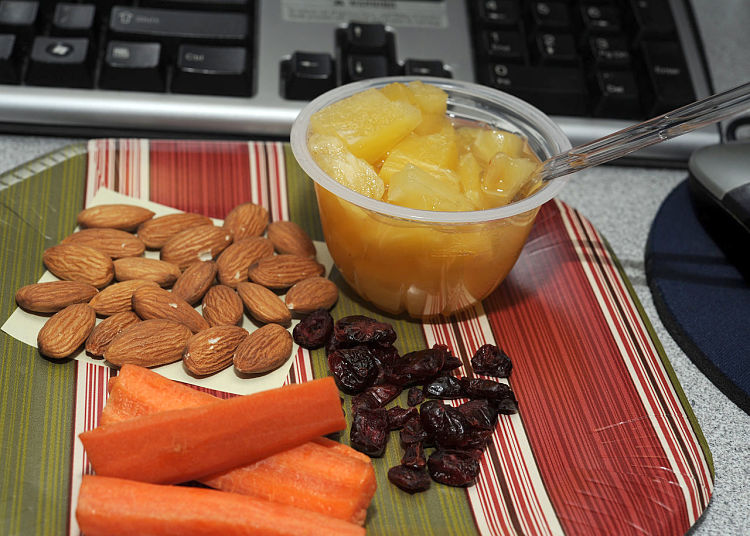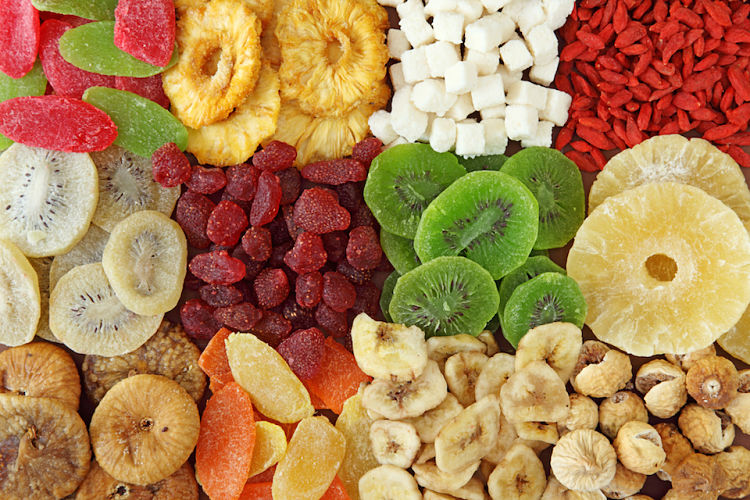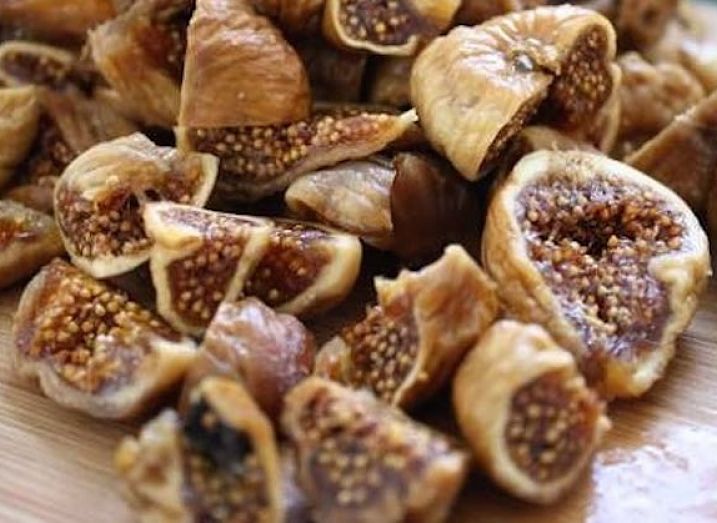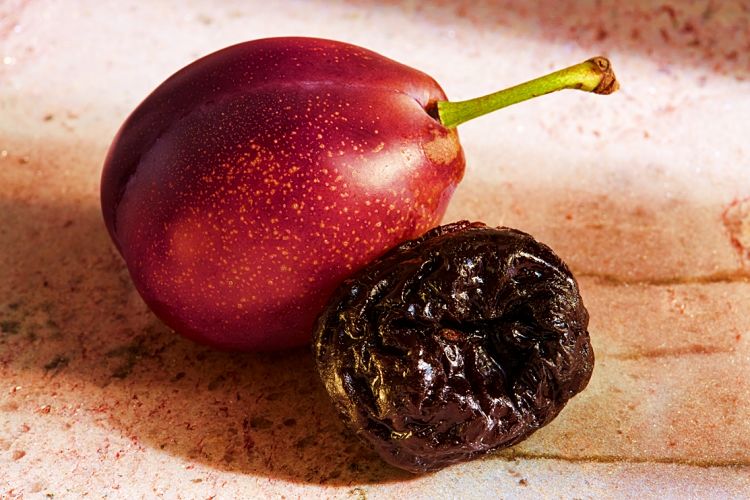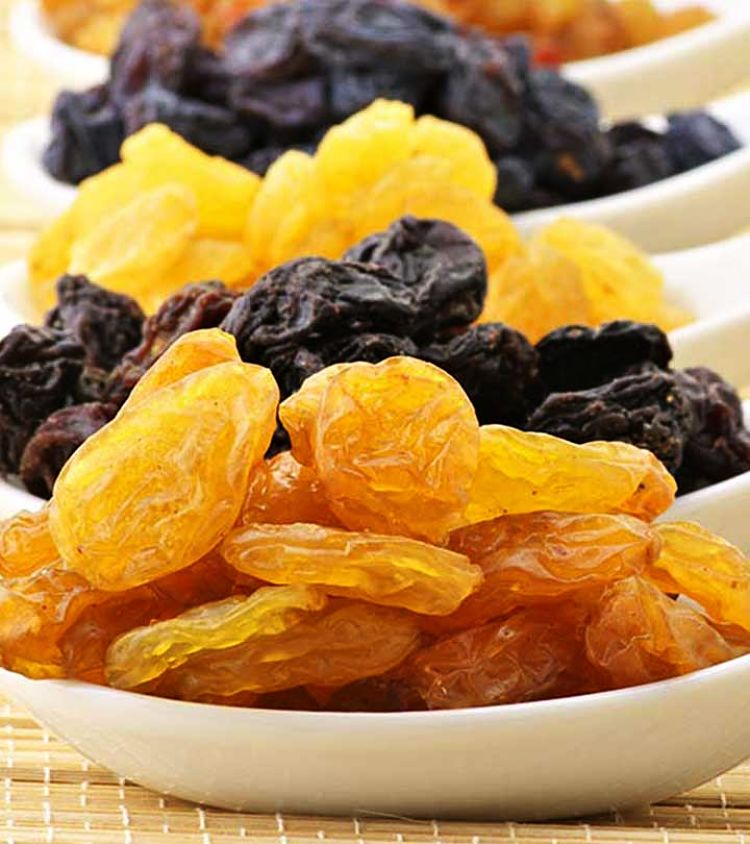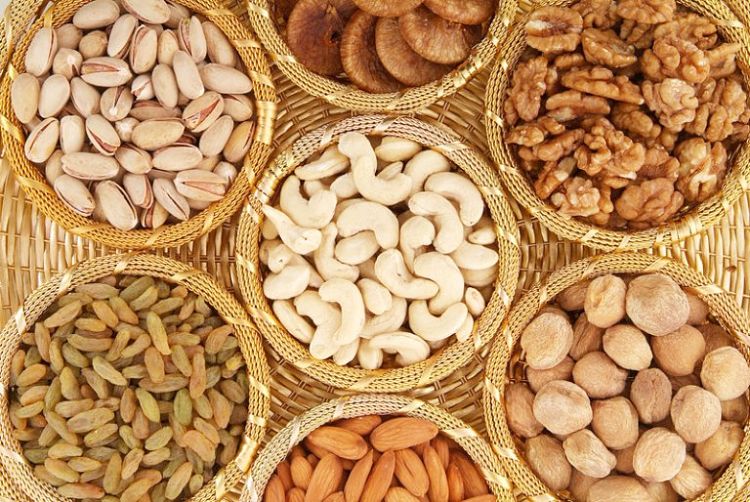High Cost of Eating Healthy Food - What are the Best Buys?
Does eating a healthier diet really cost you more? Organic and vegan foods are generally more expensive, but this can be offset by buying fresh produce at local farmers' markets.
What are the facts about the comparative cost of healthy versus unhealthy foods? Is cost a major determinant of what people buy and eat?
Would more people eat healthy food if it was cheaper?
Fortunately, recent research has provided some answers to these questions.
This article reviews the research and also provides some tips for finding eating healthy cheap foods. It includes helpful lists of the best and cheapest health foods.
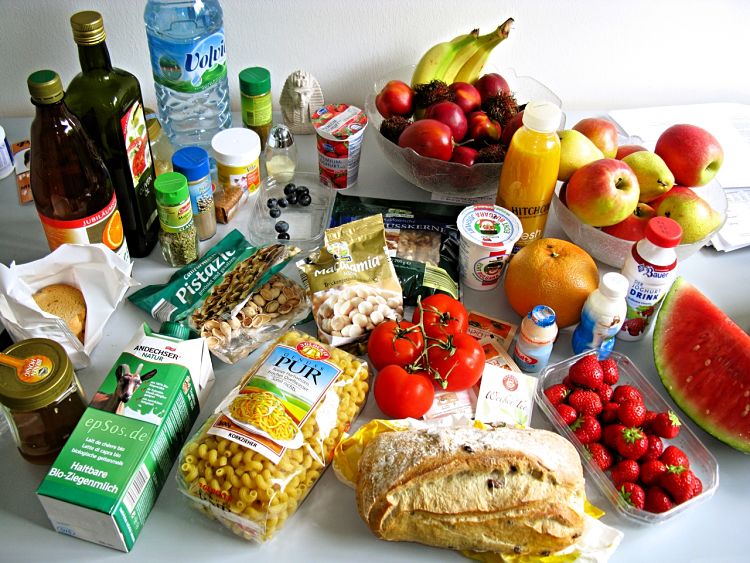
Food prices were compared in a number of ways:
► Average Price for each serving
► Average Price for a serving of 200 calories
► Average Price of food Per day
► Average Price for a daily intake of 2,000 calories (the recommended average daily intake).
Key Findings from Review of Costs of Healthy and Less Healthy Foods
► Meats and protein showed the biggest difference in price with healthier options costing $0.29 per serve more than unhealthy options. For a 200 calorie serve the extra cost was $0.47.
► Price differences for healthy grains were $0.03 per serving.
► Price differences for sweets and snacks were $0.12 higher for healthy options.
► There were only small differences for fats and oils
► There were only very differences for soda, juices and dairy products.
► The top 25% of the most expensive healthy diets cost an extra $1.48 per day and $1.54 for 2000 calories per day more.
► On average, the healthy diets which contained more vegetables, fruit, nuts, fish and better quality protein cost an extra $1.50 more per day than the least healthy diets.
► The unhealthy diets included more processed foods, less fish and more refined grains.
► The annual extra cost of healthy food was estimated to be about $550 per person, or $2,000 for a family of two adults and two children.
► The extra cost is small compared to the healthy costs of diet-related chronic diseases such as diabetes, obesity and heart disease. There are also lifestyle and lifespan costs.
► While healthier foods do cost more, the extra cost was smaller than most people might have expected.
The researchers concluded that the overall cost of high volume food processing which has produced cheaper food has been to lower the quality of food which costs less but leaves the community burdened with the extra costs for obesity, diabetes and other risks associated with poor diets.
A shift in emphasis to bring down the cost of healthier foods via subsidies may offset the extra cost burden which is prohibitive for the poorer groups in the community. Taxation for less healthy foods and 'traffic lights' food labeling systems may also be beneficial in shifting eating habits to healthier choices. The misuse of the term 'healthy' in promoting many cheap and unhealthy foods is also highlighted as a problem. Many of the so-called 'healthy option in fast food outlets are far from healthy and have high calories and fat levels. Dressing and sauces can ruin the health value of salads.
Tips for Buying Healthy Foods Cheaply
► Buy bulk snack foods but subdivide into small portions. This includes dried fruits and nuts which are very expensive and can be readily over-consumed.
► Buy in bulk from fresh food markets and farmer's markets
► Buy “family size” packages of chicken, turkey, fish or lean beef.
► Choose healthy options when eating out but study the menu carefully and check the prices
► Choose recipes that have healthy ingredients used in preparation.
► Cook with whole grain pasta and brown rice
► Eating at home is almost always cheaper and healthier than eating out.
► Plan your meals to avoid waste. Excess waste can offset the benefits of buying in bulk
► Preplan your meals and shopping. Make good use of leftovers
► Serve smaller portions of high quality healthy foods. This includes low fat meats. Cheap meat cuts are often a poor choice as they contain more fat and are less satisfying
► Share meals when eating out or order appetizer size portions with a side salad.
► Skip the value meals at fast food outlets that generally high bulk servings of poor quality food choices
► Use fresh fruits for desserts in small portions
Good Choices for Inexpensive Healthy Foods
The table below lists food that are healthy but are inexpensive to buy. The cost per portion and nutruients per portion are shown. Some changes in cooking styles and recipes may be required to use brown rice instead of white rice. But the benefits are worthwhile.
Healthy Foods that are Generally Cheap to Buy
|
Food
|
Serving
|
Price per Serving
|
Nutrients per Serving, significant Vitamins and minerals
|
|---|---|---|---|
|
Brown Rice
|
1/4 cup dry rice
|
18 cents
|
170 calories, 2 grams fiber, and 4 grams protein.
|
|
Canned Refried Beans
|
1/2-cup
|
34 cents
|
140 calories, 6 grams fiber, 7 grams protein, calcium, iron.
|
|
Canned Tuna in Spring Water
|
3 oz
|
40 cents
|
60 calories, 0 grams fiber, 13 grams of protein, 0.5 gram of omega-3 fatty acids
|
|
Dried Lentils
|
1/4 cup dried lentils
|
10 cents
|
120 calories, 11 grams fiber, 10 grams protein
|
|
Egg Substitute
|
1/4 cup
|
30 cents
|
30 calories,0.5 grams fiber, 6 grams protein, vitamin B12, vitamin A, vitamins D, vitamin E.
|
|
Fresh Bagged Baby Spinach
|
4 cups
|
66 cents; 14 cents per cup
|
20 calories, 2 grams of fiber, ) grams of Protein, vitamin A, vitamin C, calcium, folic acid.
|
|
Frozen Edamame (Soybeans)
|
1/2 cup shelled edamame
|
56 cents
|
90 calories, 10 grams protein, 8 grams fiber, iron, calcium.
|
|
Frozen Vegetables
|
1 cup
|
25 cents
|
82 calories, 6 grams fiber, 4 grams protein, vitamin A, vitamin C, potassium.
|
|
Nonfat Greek Yogurt
|
6-8 oz
|
89 cents
|
150 calories, 0 grams fiber, and 14 grams protein.
|
|
Plain Rolled Oats
|
1/2 cup dry oats
|
13 cents
|
150 calories, 4 grams fiber, and 5 grams protein.
|
|
Prepared Marinara Pasta Sauce
|
1/2 cup
|
28 cents
|
90 calories, 2 grams fiber, 0.5 grams of protein, vitamin A, vitamin C.
|
|
Russet and other Potatoes
|
1 medium baked potato
|
33 cents
|
168 calories, 3 grams fiber, 5 grams protein, vitamin C, iron, potassium.
|
|
Whole Wheat Pita Bread
|
1 pita pocket
|
35 cents
|
140 calories, 4 grams fiber, and 6 grams of protein.
|
|
Whole-Wheat or Multigrain Pasta
|
2 ounces of dried pasta
|
24 cents
|
200 calories, 6 grams fiber 7 grams protein
|
|
100% Whole-Wheat Bread
|
2 slices
|
18 cents
|
120 calories, 3 grams fiber, 6 grams protein,
|
